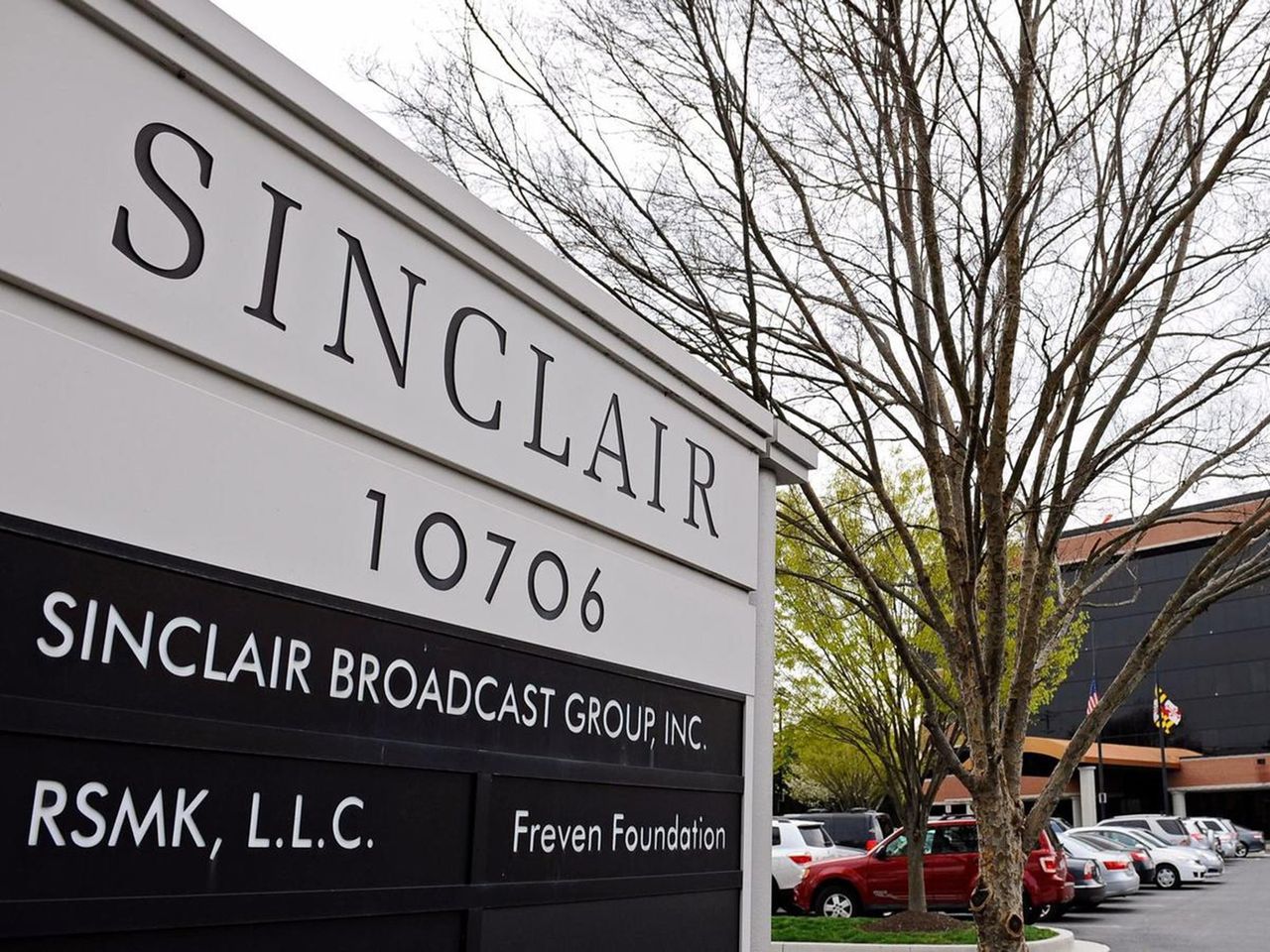ATSC Annual Meeting Focuses on 3.0 Rollout
Association holds first in-person meeting since beginning of pandemic
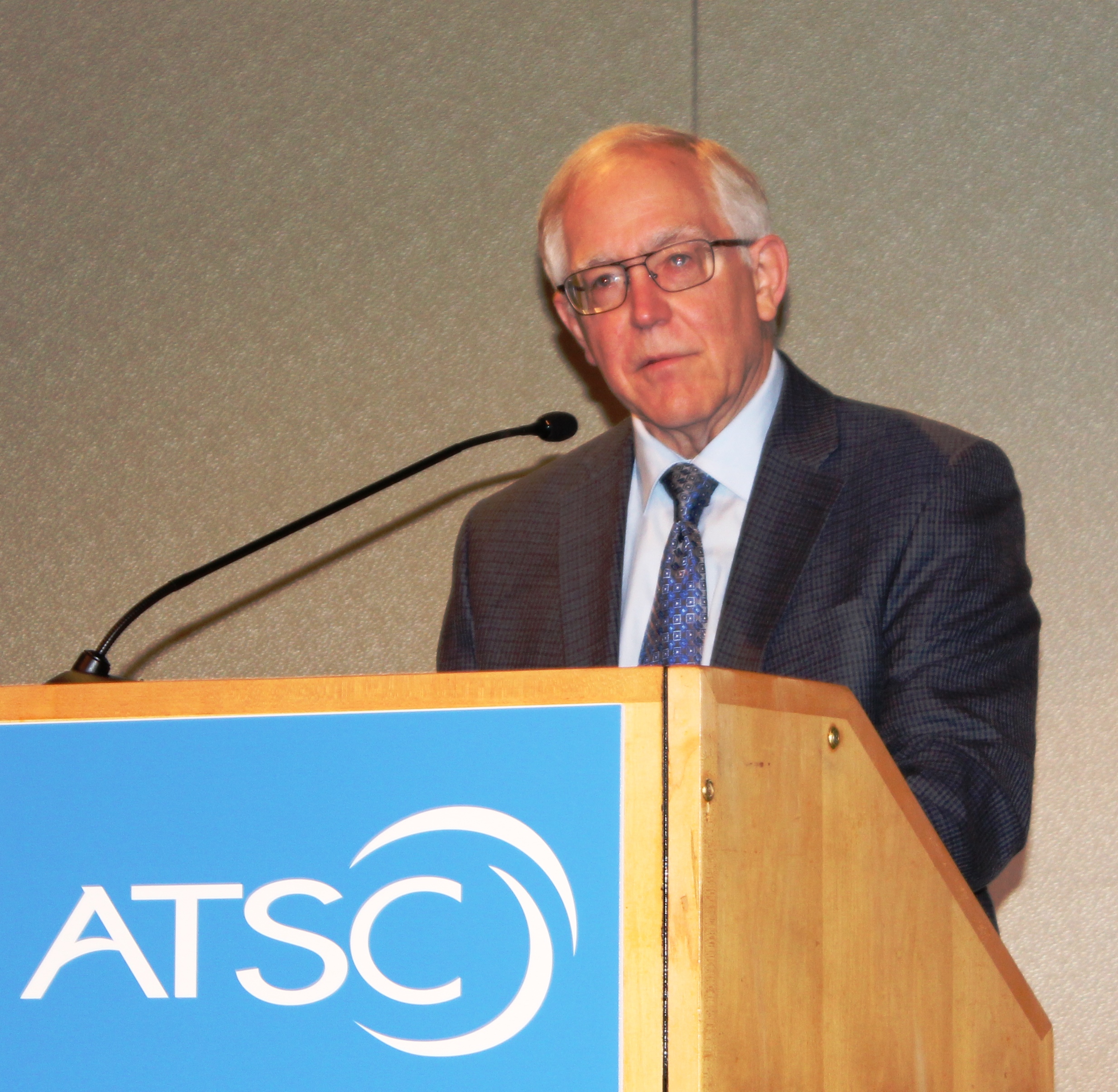
WASHINGTON—After a hiatus of more than a year, the Advanced Television System Committee resumed its long run of in-person meetings, with its Aug. 26 gathering of ATSC members, station and network personnel, consultants, vendors and others at the Ronald Reagan Building and International Trade Center here.
The all-day event, which was also live-streamed for those unable to travel, featured a progress report on broadcasters’ deployment of NxtGen TV, ATSC 3.0 receiver development, NextGen TV’s place in distance learning, automotive applications for the new DTV standard, award presentations, as well as addresses from FCC Commissioners Brendan Carr and Nathan Simington.
FULL STEAM AHEAD∫
Lynn Claudy, ATSC board chairman and NAB senior vice president of technology, got things underway by stating that he and the board have all been “really, really, really looking forward” to this first live event since the pandemic began. He observed that education about the new standard is important, along with advocacy by its adopters, as well as promotion and marketing.
“How the consumer audience perceives the new services is really important as to whether they’re going to spend money on the new technology.”
In her introductory remarks, ATSC President Madeleine Noland was gratefull that an in-person meeting of the organization was at last possible, and provided news about developments on the receiver side of the industry.
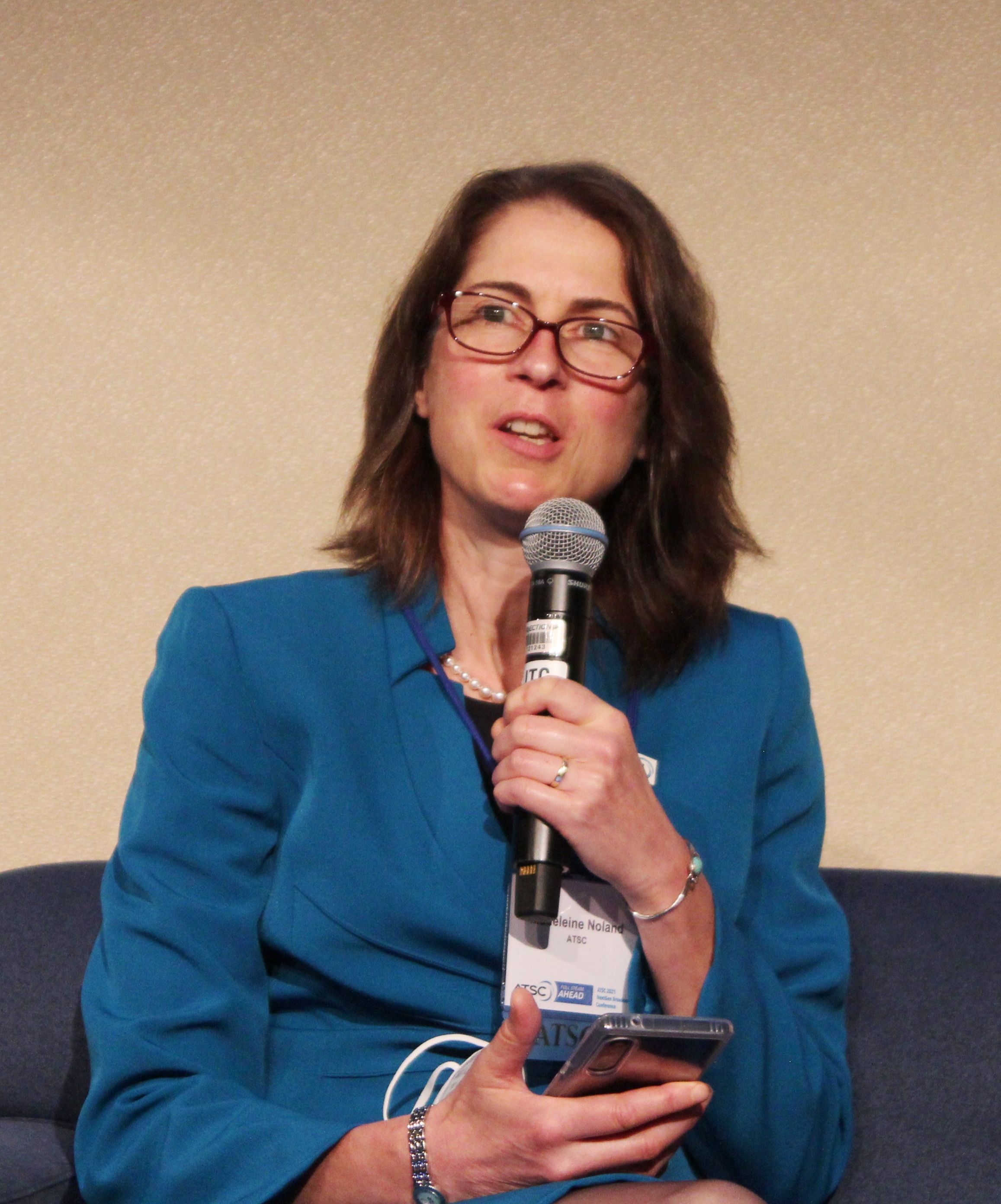
“I can’t tell you how pleased I am with this conference,” said Noland, noting that attendance and the number of exhibitors at the hybrid event had exceeded all expectations. “We’re very delighted to be back here and put on this conference for you.”
In remarking about 3.0-related developments, she noted that sales of NextGen TVs are now exceeding previous expectations, and offered praise for the cooperation among broadcasters that’s making the rapid deployment of 3.0 possible.
Get the TV Tech Newsletter
The professional video industry's #1 source for news, trends and product and tech information. Sign up below.
“The new system is allowing broadcasters to enrich and expand their roles serving their communities delivering important content to audiences in a way, and on devices that newer generations are adopting,” she said. “And this new platform is evolvable, allowing broadcasters to expand their offerings including distant education solutions, advanced emergency messaging capabilities and more.”
RECEIVERS BECOMING MORE PLENTIFUL/AFFORDABLE
A television standard is useless without receivers to support it, and the good news is that NextGen TVs are becoming more numerous, more affordable, and more in demand.
This year’s ATSC annual meeting featured a special panel (“Receiving the Future- New Features, New Receivers”) that examined the receiver side of the 3.0 equation. Digital Tech Consulting’s Myra Moore served as moderator, and panelists included LG Electronics’ John Taylor from LG Electronics, MediaTek’s Alfred Chan, Dolby Labs’ Ellis Reid, and Sony’s Nick Cosley. (Due to pandemic-driven travel and other restrictions, the panel took the form of a Zoom gathering.)
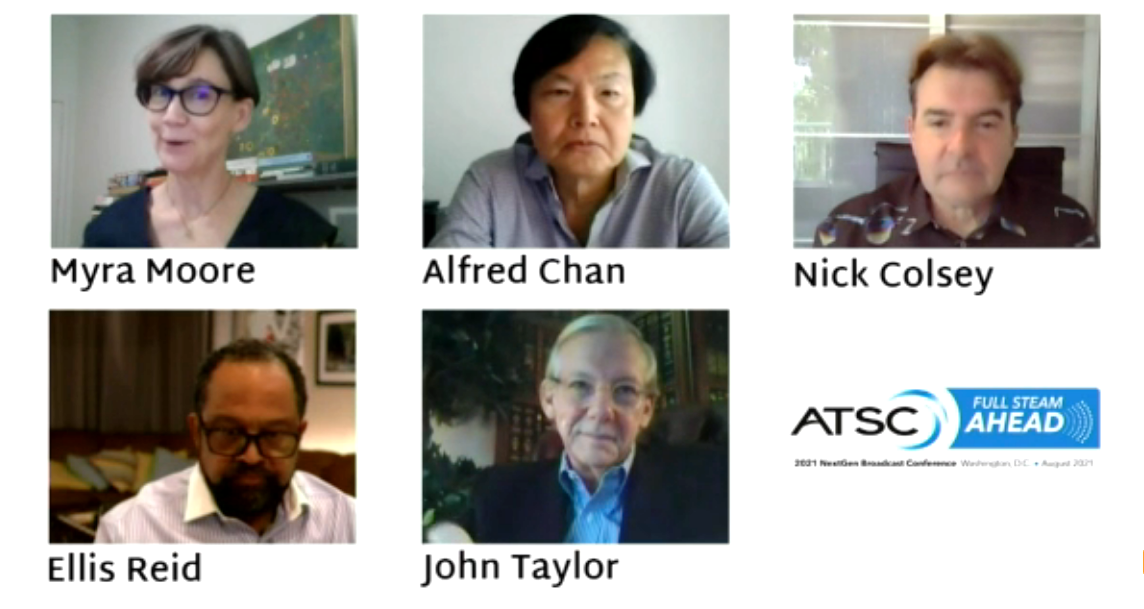
Moore got things started by asking about receiver availability, observing that the first receivers shown for ATSC 3.0 were all high-end models.
“It’s not surprising that NextGen TV is starting at the high end if you look at how new features are introduced in our industry,” said LG’s Taylor, observing that other advanced consumer technologies such as stereo and 4K were generally quite expensive when they first became available. “We anticipate that ATSC 3.0 capability will gravitate into more and more models more quickly [than in previous technologies]. Despite the pandemic [hindering] getting signals on the air, as we look ahead to 2022, we think that’s going to be a turning point year when you have more and more models from more and more manufacturers.”
Sony’s Cosley stated that all of the new models from his company are being equipped for NextGen reception.
“All of the new 2021 models that Sony is selling in our TV lineup have NextGen built in,” he said. “We look at the fundamental capabilities of the TV as being something that really should be common across the entire lineup. That produces the economy of scale that we need to bring the price of these new capabilities down.”
Despite the shortage of integrated circuits plaguing the global supply chain for the past year or so, panelist Chan stated that his company, MediaTek, is on top of things when it comes to supplying the specialized chips needed for ATSC 3.0 receivers.
“MediaTek is the fourth-largest chip company in the world and the largest supplier of TV chips,” he said. “More and more companies are working with us on ATSC solutions. As far as chip sets are concerned, we have complete solutions. The chips are ready.”
In concluion, Moore inquired as to what might be done to stimulate consumer NextGen TV awareness and acceptance.
“Consumers have a lot of choices,” she said. “How do proponents of the NextGenTV system communicate to consumers what the advances are in a way that doesn’t confuse them or overpromise something that’s not quite ready yet?”
“The opportunity at hand is for all of us in the ecosystem—manufacturers, broadcasters, and retailers—to jointly promote the capabilities of NextGen TV without overpromising; we’re all sensitive to that,” said Taylor. He suggested that stressing the “future- proof” nature of 3.0, its feature set upgradability, the robust emergency alerting and informing that comes with NextGen might be useful.
“Right now, we have a lot to talk about and sell in terms of the improved picture and sound performance,” he said.
ATSC 3.0 AND EDUCATION
Reflecting the distance learning situation forced and accelerated by the global pandemic, a recurring theme in presentations at the 2021 meeting was education and how NextGen TV might play a role in it.
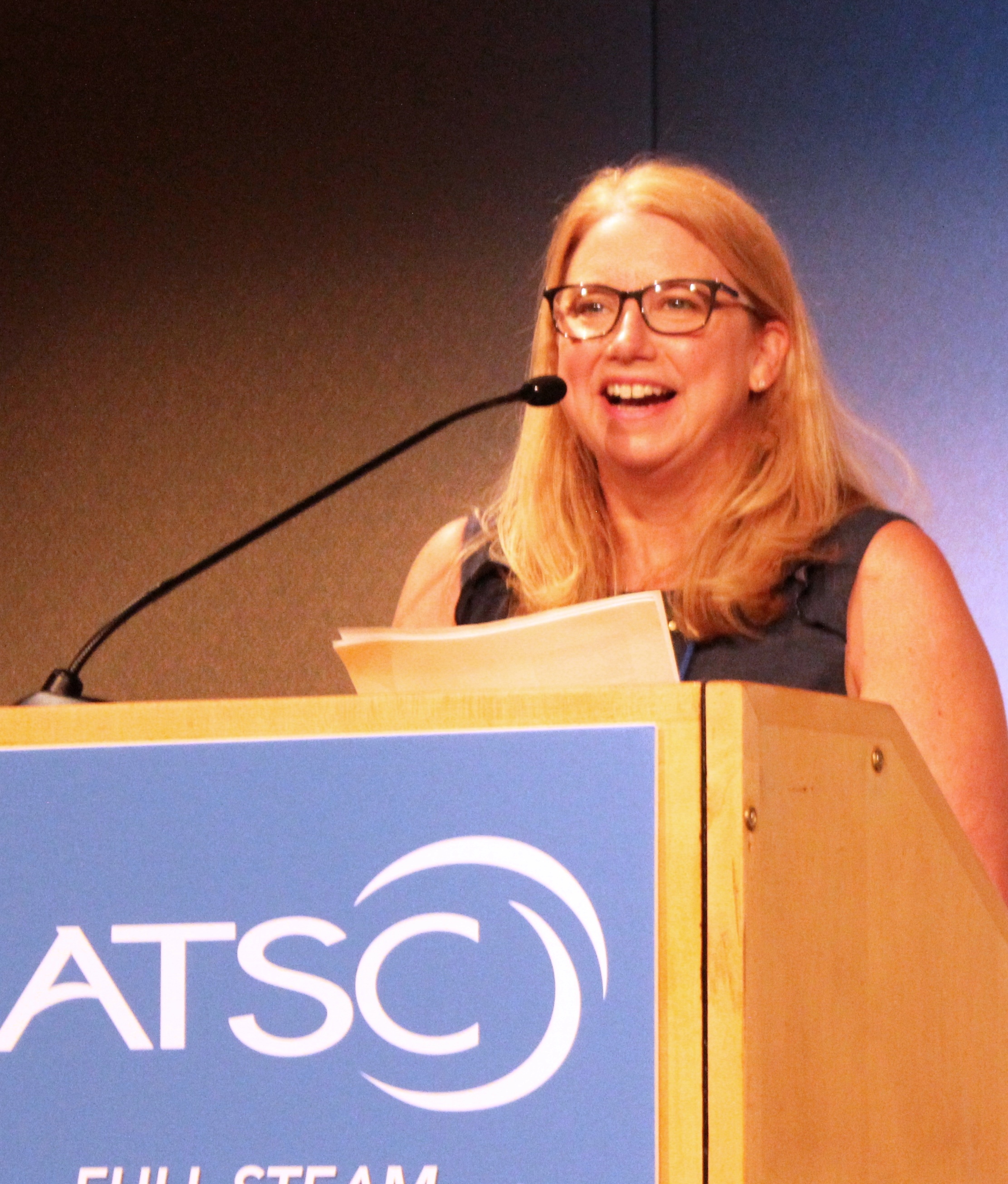
In her presentation “ATSC 3.0 in Action,” Susi Elkins, the director of broadcasting and general manager of Michigan State University’s WKAR Public Media, described on-going efforts in this area within her organization.
“Three years ago, we had a vision of creating a NextGen media innovation lab on campus where we could experiment with ATSC 3 and create public service applications in areas that we felt would be of interest to all public broadcasters and that would facilitate academic research,” said Elkins. “I felt that we had an opportunity here to move beyond adapting what we’ve [already] done in a new space.”
She said that in developing the apps, she became aware of the potential for such things as interactivity and data collection afforded by 3.0, as well as the necessity of “on-ramp” apps to make it easy for audiences to seamlessly interact with broadcasters.
“Undoubtedly, we’re joining the Internet ecosystem across many dimensions.”
Elkins envisioned making use of NextGen’s interactive capabilities for a full distance learning experience.
“Imagine being able to do motion detection if you’re in a video conference with students. Are they understanding what I’m saying? You could use motion detection and all kinds of other tech applications to help make it feel more immersive and get information back.”
“Perhaps the biggest takeaway for me in all this is understanding how big our vision needs to be,” said Elkins. “If we don’t start big enough and then work towards having that one person who’s counting on us having that wonderful experience, we’re really shortchanging ourselves.”
Education and NextGen was also the topic of another forum, “Distance Learning 1.0 > ATSC 3.0,” in which Mark Aitken, senior vice president of advanced technology at the Sinclair Broadcast Group, and Sang Jin Yoon, senior vice president of business development at DigiCAP, fielded questions from moderator Mark O’Brien, SpectraRep’s president and chief executive officer.
In opening up the discussion, Aitken observed that distance learning is part of the ATSC 3.0’s datacasting feature set and that it’s “a business that’s already in the works and already deployed and filling a place in the marketplace.”
O’Brien noted that the utility of datacasting had come a long way since the pandemic erupted, and that what had happened in the last 18 months was a “foot in the door” for ATSC 3.0.
“The technology that ATSC 3 brings takes datacasting to a whole new level with SFNs, greater building penetration, ease of reception, more capacity, mobile reception, and other things that we can’t do today with ATSC 1 datacasting,” he said. “It’s not about the technology; it’s about solving problems.”
O’Brien observed that datacasting had been used to help bridge the student internet gap in Indiana during the past year, and described technology used for pulling lessons teachers had uploaded to the cloud via learning management systems and intended for use by students with Internet access. These lessons were then distributed to students lacking internet access via public television stations and a special datacast receiver that connected with their computers. The missing return loop missing for students without broadband could be supplied by parents’ cellphones with data plans.
“That’s our return path,” said O’Brien. “When mom comes home they use that [the cellphone] to send the answers to tests or questions back to the teachers. And we integrate it that way and make it easy for the teachers and easy for the students.”
He said that the receivers were equipped with both ATSC 1.0 and ATSC 3.0 tuners, and even though they were being used with 1.0 signals, they were NextGen TV-ready.
“This is a deployment of ATSC 3.0 receive devices in homes that were originally designed to be an ATSC gateway,” said O’Brien. “We’re using them for a special purpose of datacasting for education today, but we’ve got an established base—and it’s a growing established base—of ATSC 3.0 devices in homes.”
He observed that this deployment of datacasting had been done in weeks instead of the months or years that it would take to extend broadband by fiber installation or construction of new cell sites, and said that this application of NextGen TV had now been deployed in 10 states.
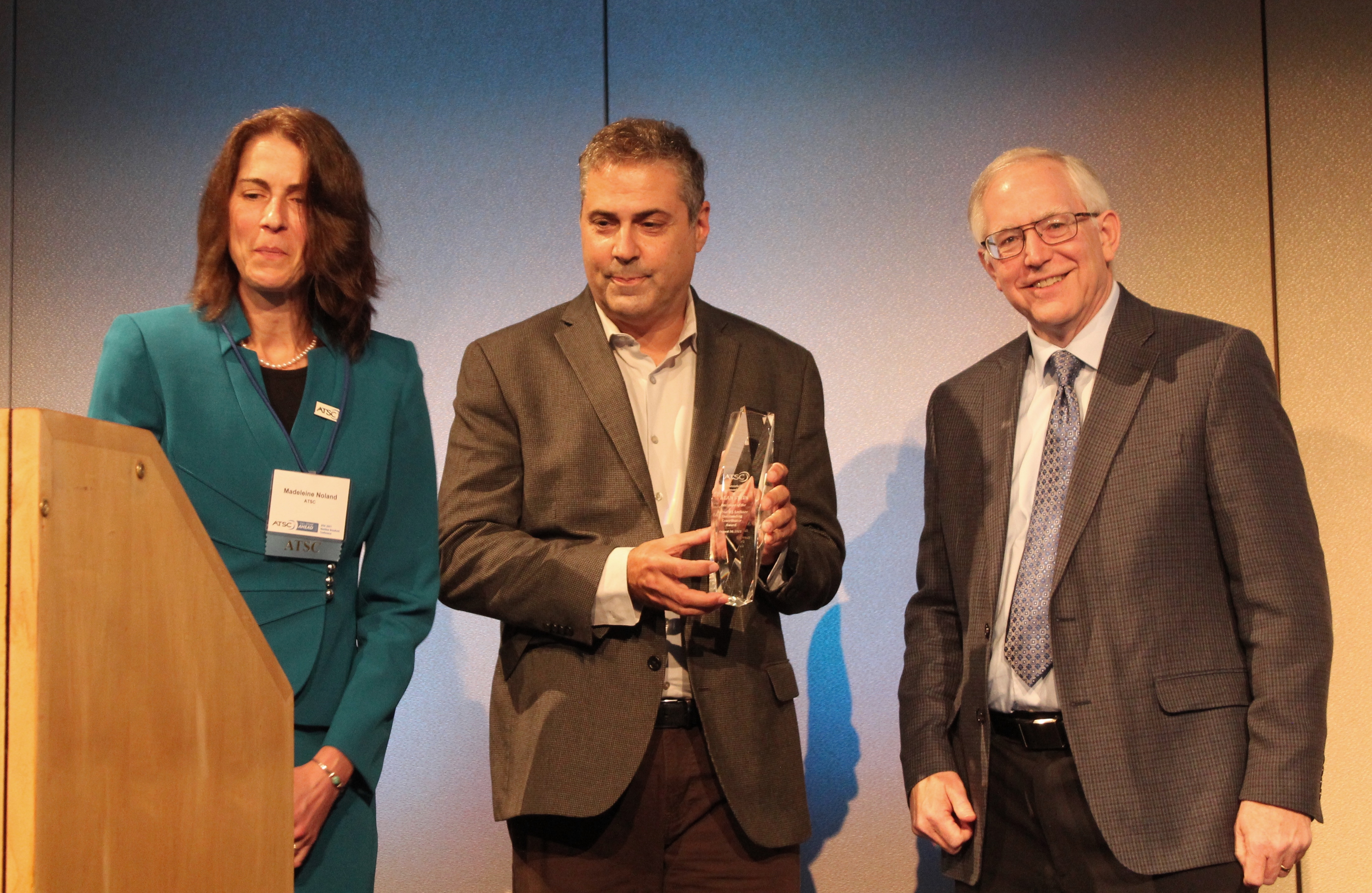
RECOGNITION OF INDUSTRY LEADERS
The ATSC meeting concluded with the presentation of the organization’s 2021 Bernard J. Lechner Outstanding Contributor Award to Alan Stein, vice president of technology at InterDigital. This year’s Mark Richer Industry Leadership Medal was awarded to the NAB’s president and CEO Gordon Smith. (The NAB’s chief operating officer, Curtis LeGeyt, accepted the award on behalf of Smith, who was unable to attend the ceremony due a previous commitment.)
